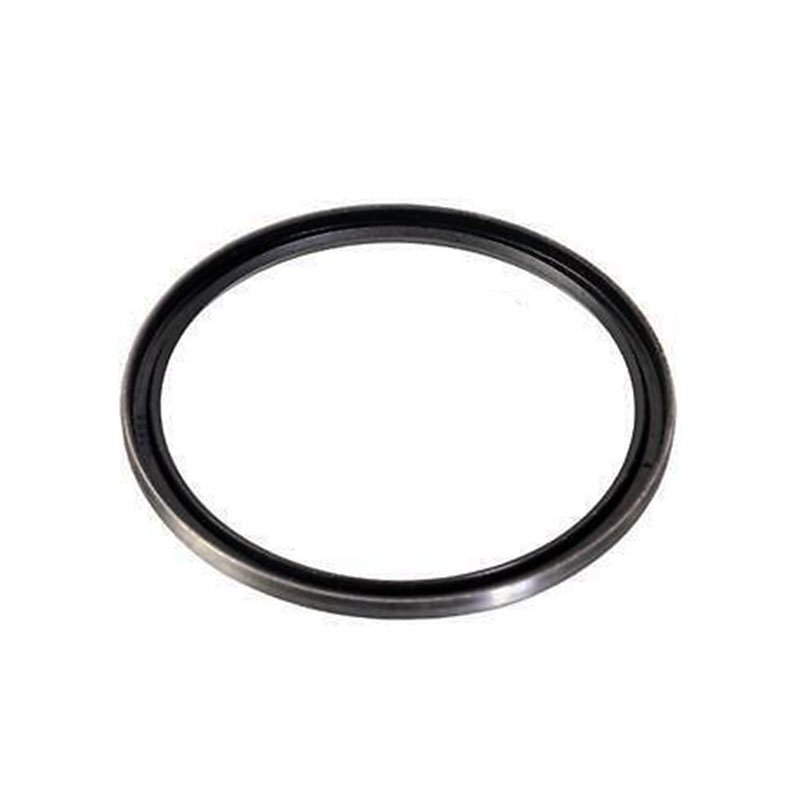Choosing the Right O-Ring for Your Oil Filter Adapter Replacement Needs
Understanding Oil Filter Adapter O-Rings Importance and Maintenance
Oil filter adapter O-rings are often overlooked components in the automotive world, yet they play a crucial role in the proper functioning of an engine. These seemingly small and simple rubber rings are essential for creating a tight seal between the oil filter and the engine, preventing oil leaks and ensuring optimal engine performance. Understanding their function, maintenance, and the implications of neglecting them can help vehicle owners extend the life of their engines and maintain efficient performance.
What is an O-Ring?
An O-ring is a mechanical gasket in the shape of a torus. When compressed between two parts, it creates a seal, preventing liquid or gas from leaking. In the context of an oil filter adapter, the O-ring is placed at the interface where the oil filter connects to the engine. This is critical because oil circulates through the engine to lubricate parts, cool components, and keep the engine running smoothly. Any failure in sealing could lead to significant oil loss, which, in turn, can cause severe engine damage.
Importance of the Oil Filter Adapter O-Ring
The primary function of the oil filter adapter O-ring is to seal the connection between the oil filter and the engine block. When an oil filter is installed, the O-ring is compressed, which creates a tight seal. This seal ensures that the oil stays within the system, maintaining proper oil pressure and preventing leaks. A well-functioning O-ring contributes to the overall efficiency of the engine, as it ensures optimal oil flow and filtration.
Moreover, the O-ring protects against contaminants entering the oil system. As the oil circulates, it picks up dirt and debris, which are filtered out by the oil filter. A properly sealed O-ring ensures that only clean oil continues to flow through the engine, maintaining its health and performance.
Signs of a Failing O-Ring
oil filter adapter o ring

Over time, O-rings can wear down or degrade due to heat, pressure, and exposure to engine oil. Owners should be vigilant for signs of a failing oil filter adapter O-ring. Common indicators include
1. Oil Leaks If you notice oil pooling under your vehicle, it may be a sign that the O-ring has failed. 2. Low Oil Pressure If your oil pressure gauge shows low readings, it might indicate a leak due to a compromised O-ring. 3. Contaminated Oil If your oil appears dirty or contains foreign particles, this could also be a sign of seal failure.
Maintenance and Replacement
Regular maintenance checks are essential to ensure that the oil filter adapter O-ring remains in good condition. During oil changes, it’s advisable to inspect the O-ring for wear or damage. Replacing the O-ring is a simple and cost-effective measure that can prevent more severe issues down the line.
When replacing the O-ring, it is crucial to use the correct size and type recommended by the vehicle manufacturer. Using the wrong O-ring can lead to improper sealing, resulting in leaks and potential engine damage.
Conclusion
In summary, the oil filter adapter O-ring may be a small component, but its role in engine performance is significant. By understanding its function, being vigilant for signs of wear, and conducting regular maintenance, vehicle owners can protect their engines from costly damage. Remember, a little attention to these components can lead to a healthier engine and a smoother driving experience.
-
The Ultimate Guide to Car Repair Kits: Tools and Essentials Every Driver Should Own
News Aug.01,2025
-
The Complete Guide to Oil Pan Gaskets: Sealing Engine Leaks the Right Way
News Aug.01,2025
-
Preventing Oil Leaks: A Complete Guide to Oil Pan Gaskets and Drain Seals
News Aug.01,2025
-
Everything You Need to Know About Oil Pan Gaskets and Drain Plug Seals
News Aug.01,2025
-
Essential for Car Owners: How to Use a Car Repair Kit to Deal with Minor Breakdown
News Aug.01,2025
-
Comprehensive Guide to Engine Oil Sump Gaskets and Related Seals
News Aug.01,2025
-
The Ultimate Guide to Boat Propeller Bearings and Trailer Wheel Bearings
News Jul.31,2025
Products categories















